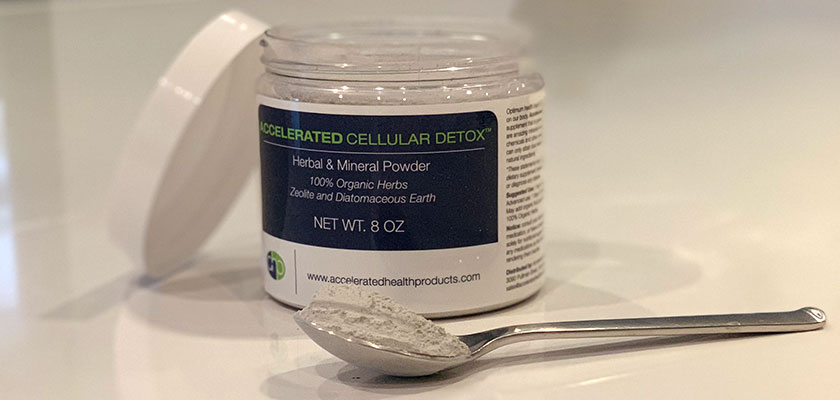
Heart health is a serious concern. There are many healthy foods that you can incorporate into your daily life. These popular heart-healthy foods should not be overlooked. Avocados, tomatoes, nuts, and legumes are also good choices. These foods are rich in nutrients such as vitamin C, potassium and folate. You should eat the fruit whole to reap its full benefits. For example, tomatoes contain a lot of antioxidants including lycopene and betacarotene as well potassium and folate. They are also a good source of antioxidants and have been linked to cardiovascular disease.
Oranges are great for the hearts. High levels of flavonoids in oranges are known to have antioxidant properties. Flavonoids help control blood pressure and may ward off atherosclerosis. They also contain fiber and potassium. A large navel is a good choice if you are not allergic to citrus fruits. Oranges should not be over-ripe in order to avoid any potential heart problems. Flavonoids in oranges help to lower blood pressure.
Beans are another healthy food. Studies have shown that beans can lower blood pressure and improve cholesterol. Beans can also be used in many recipes such as black bean dip, chocolate baked goods, and black beans. Swiss chard is another leafy green that is good for your heart. The chlorophyll in this vegetable helps regulate blood pressure and cholesterol. It is also high fiber and good for your body. Banana bread should be made with whole wheat flour, not all-purpose.
Asparagus has a high amount of vitamin C. It is also an antioxidant. It can be eaten either raw or cooked. But, it tastes better when it is paired with other fruits to make a fresh fruit salad. Cantaloupe and spinach are good choices for heart health. In addition to their high amount of beta-carotene and lutein, they contain B-complex vitamins, folate, and fiber.
Berry is another great food that can be heart-healthy. It is rich in antioxidants and fiber, making it one among the best foods for heart health. Especially blueberries, strawberries and raspberries, berries are rich in anthocyanins, which lower blood pressure and support the function of blood vessels. Drinking one cup per day of these berries can reduce your risk for cardiovascular disease by up to 15% These foods are delicious and you can enjoy all the benefits.

Almonds can also be a great food for the heart. These almonds are versatile and very easy to eat. These can be added as an ingredient to yogurt, salads, or other foods. You can also add them to salmon, quinoa, and rice. A variety of almonds can be added into your favourite dishes such as salads, yogurt, or a healthy trail mix. You should eat them in moderation. They contain saturated fat and calories and should not be eaten in large amounts.
Legumes are another healthy food for the heart. These include lentils and black-eyed poas as well as all kinds of beans. They contain high levels of fiber, which reduces cholesterol and triglycerides. This lowers the risk of heart disease. In addition, they have low saturated fat content and can reduce cholesterol. The best heart-healthy foods are low-fat.
Apples are also good for the heart. These fruits contain high levels of fiber and antioxidants. They can reduce blood pressure and help prevent heart disease. These antioxidants help reduce the risk of stroke and heart disease. You should eat an avocado every day, but it is best to leave the skin on. It contains many beneficial nutrients and fiber. The most valuable part of an apple is its skin.

Whole grains are a great source of omega-3 fatty acids. They can lower blood pressure and decrease the risk of developing heart diseases. Popcorn is another good source of whole grains. Pop popcorn that has been air-popped to reduce sodium. It's so delicious that you will be able to float your spoon in it. Even though it is difficult to visualize what you might have to do, stay away from processed and deep-fried foods.
FAQ
Is there any special equipment that is required to cook?
No, you don't need any special equipment to learn to cook. However, it can be easier to use the right tools. For example, you could use a knife instead of a fork to eat pasta or a whisk instead of a hand mixer to whip egg whites into stiff peaks. Having the right tools can make cooking less daunting and allow you to get started faster.
How to be a Chef
There are many ways to become a chef. You can begin by taking a course at a community college or vocational school. Consider attending culinary school. Finally, you can take a paid internship.
Are you able to cook by yourself?
Yes, it is possible to be a self-taught chef! The joy of cooking is something that everybody enjoys doing, no matter their skill level. You can learn to cook by starting at home. Start small, like making pancakes for breakfast or spaghetti sauce for dinner. Try new recipes and be open to experimentation when learning how to cook. It is possible to make mistakes.
It takes anywhere from several hours to several weeks to learn how to cook, depending on your skill level. It's important to remember that cooking isn't just about following recipes. There are many different ways to prepare food, so if you have an idea in mind, go with it.
Where can i buy quality kitchen equipment
High-quality kitchen equipment can be purchased online. All kitchen tools can be purchased online at a number of sites. Be sure to read customer reviews before you buy any kitchen equipment. Ask other owners if they have any recommendations.
Statistics
- In the United States, the category is estimated at $23.2 billion annually and is growing faster than the market. (washingtonpost.com)
- You'll be amazed that over 90% of CIA students receive scholarships and grants to finish their culinary studies. (ischoolconnect.com)
- The median pay for a chef or head cook is $53,380 per year or $25.66/hour, according to the U.S. Bureau of Labor Statistics (BLS). (learnhowtobecome.org)
External Links
How To
How to make an omelet that is perfect
Omelets is one of my favourite breakfast foods. How can you make them perfectly? I have tried many different recipes and methods, but none of them work. So I am sharing some tips and tricks today to help you make fluffy, delicious omelets every morning.
Before we start making omelets, let's remember that eggs are temperamental. It is important that eggs are fresh from an organic market and kept cool until used. They must be kept cool, otherwise the whites will not form properly and the yolks may become runny. This will make your omelets appear strangely colored. If you're going to cook them immediately, it is best if the eggs are still warm.
Another tip is to separate the egg before adding it to the pan. It is important not to allow any white to mix with the yolk as this could lead to the omelet becoming curdled.
You could end up burning the bottom half of the egg if the egg is added directly to the heat source. Instead, heat the egg for 10 seconds in the microwave before placing it in the pan. The microwave heat is sufficient to cook the egg without overcooking.
Next, let us talk about how to mix the eggs. When mixing eggs, it is important to thoroughly beat them. Turn the bowl upside down and grab the whisk to do this. Next, shake the bowl vigorously. This allows the air to be whipped and the egg to be mixed thoroughly.
Now it's time to have fun: pour the milk into the mixture. Mix half of the milk with the eggs. Then fold the eggs in half into the remaining milk. Do not worry if you see streaks of egg; they will disappear when the omelet is flipped.
After you have folded the eggs, heat the oil in a pan over medium heat. Once the oil has started to sizzle, turn the heat down to low. Once the oil has gotten hot, add 1/4 cup of butter and swirl it around so that the entire pan is coated. The lid should be carefully opened. Sprinkle salt in the pan. The salt will help to prevent the omelet's sticking to the pan.
Cover the pan once you have formed the omelet. Wait for the top to set. Flip the omelet by using a spatula. Cook the other half for another minute. Serve the omelet immediately by removing it from the pan.
This recipe is best when used with whole milk. But, you can use skimmed milk as well.